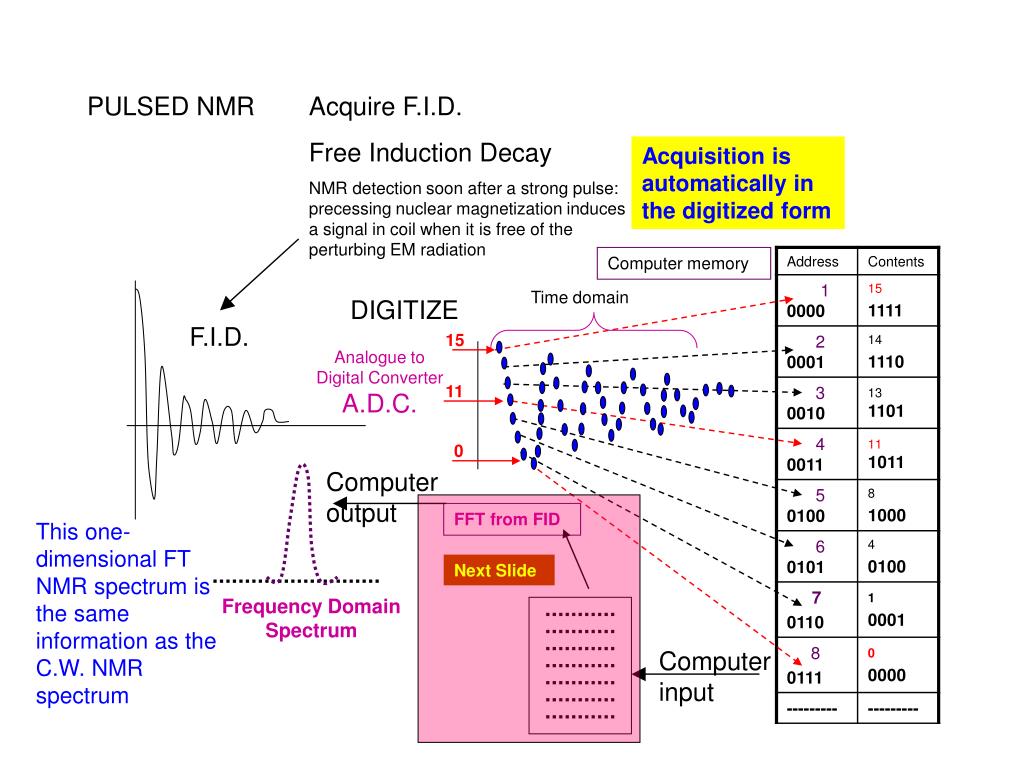


Whether run independently as a standalone service or integrated with conventional log and core data for advanced formation and fluid analyses, NMR logging has significantly contributed to the accuracy of hydrocarbon-reservoir evaluation. 3E.1) and without requiring radioactive sources ( Table 3E.1). NMR logging provides measurements of a variety of critical rock and fluid properties in varying reservoir conditions (e.g., salinity, lithology, and texture), some of which are unavailable using conventional logging methods ( Fig. NMR-log data also provide information concerning pore size, permeability, hydrocarbon properties, vugs, fractures, and grain size. Differences in relaxation times and/or fluid diffusivity allow NMR data to be used to differentiate clay-bound water, capillary-bound water, movable water, gas, light oil, and viscous oils. NMR porosity is independent of matrix minerals, and the total response is very sensitive to fluid properties. 3E.1 – NMR logging-tool response compared to conventional logging tools. From this information, it is possible to infer or estimate the volume (porosity) and distribution (permeability) of the rock pore space, rock composition, type and quantity of fluid hydrocarbons, and hydrocarbon producibility ( Fig. NMR logs provide information about the quantities of fluids present, the properties of these fluids, and the sizes of the pores containing these fluids. Because these protons primarily occur in pore fluids, NMR effectively responds to the volume, composition, viscosity, and distribution of these fluids (i.e., oil, gas, and water). Unlike conventional logging measurements (e.g., acoustic, density, neutron, and resistivity), which respond to both the rock matrix and fluid properties and are strongly dependent on mineralogy, NMR-logging measurements respond to the presence of hydrogen protons.

NMR logging, a subcategory of electromagnetic logging, measures the induced magnet moment of hydrogen nuclei (protons) contained within the fluid-filled pore space of porous media (reservoir rocks). The petroleum industry quickly adapted this technology to petrophysical laboratory research and subsequently developed downhole logging tools for in-situ reservoir evaluation (see the next section of this chapter). The same physical principles involved in clinical imaging also apply to imaging any fluid-saturated porous media, including reservoir rocks. Nuclear magnetic resonance (NMR) has been, and continues to be, widely used in chemistry, physics, and biomedicine and, more recently, in clinical diagnosis for imaging the internal structure of the human body.


 0 kommentar(er)
0 kommentar(er)
